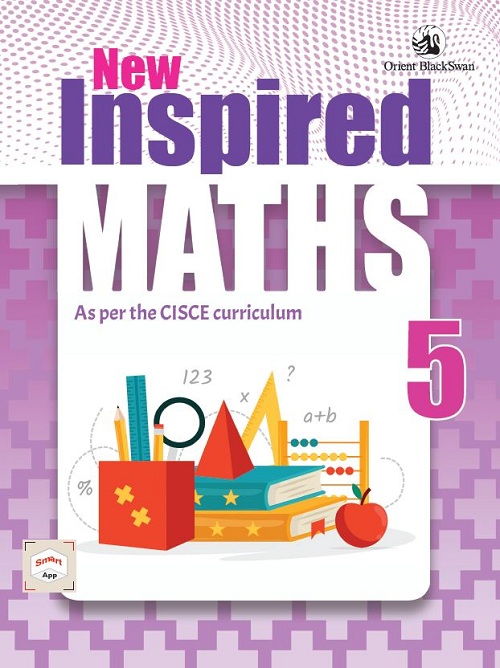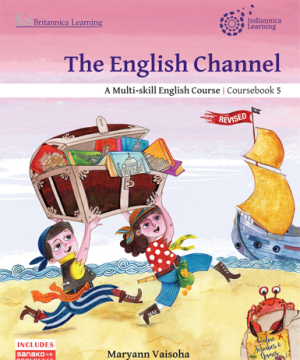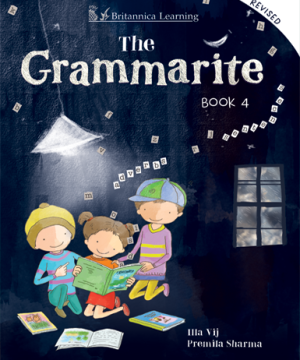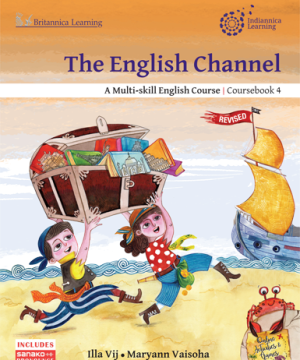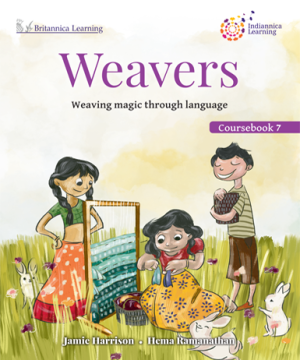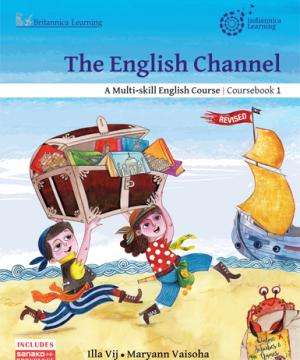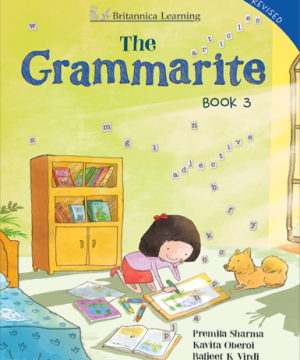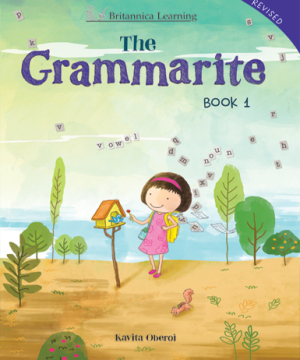OBS New Inspired Maths for CISCE Schools Textbook for Class 5
₹582.00 ₹523.00
-
- Are gently graded to ensure a thorough understanding of basic concepts before proceeding to more complex ones
- Follow an activity-based approach, as specified by the syllabus, with multiple activities in each chapter providing concrete
experience to build concepts and skills
- Encourage the use of teaching aids like the unifix cubes and the geoboard.
Out of stock
SKU: 9789354422218
Categories: Class 5, English, ICSE/ISC Board, Maths, Orient Blackswan Pvt . Ltd, Text Books
-
- Are gently graded to ensure a thorough understanding of basic concepts before proceeding to more complex ones
- Follow an activity-based approach, as specified by the syllabus, with multiple activities in each chapter providing concreteexperience to build concepts and skills
- Encourage the use of teaching aids like the unifix cubes and the geoboard. These provide plenty of opportunity for students to enjoy hands-on learning
- Cover the new topics in the syllabus, such as estimation, patterns, tangrams, tessellations, mirror and rotational symmetry, different views of 3D objects, maps and negative numbers in sufficient depth
- Follow the syllabus and place considerable emphasis on linking maths to the students’ environment thus enabling them to solve real life problems
- Include special sections titled, WORKOUT 1—understand and calculate that help master concepts and develop calculation skills, and WORKOUT 2—think and apply that focus on the development of higher order skills like problem solving, critical thinking and making cross curricular connections
| Weight | 400 g |
|---|---|
| Dimensions | 20 × 20 × 2 cm |
Related products
-10%
-10%
-10%
-10%
-10%
-10%
-10%
-10%



